Summaries of Talks and Field Trips - 2021
Glimpses of the Past through description, related books and internet connections
Golfing on English Bay
At the November meeting, renowned golf historian and writer and curator of the B.C. Golf Museum and Hall of Fame, Michael Riste, recounted the story of the first organized golf club west of the Mississippi – the Jericho Golf Club. From its beginnings in 1892 on land that was originally a Musqueam village, this corner of the Burrard Inlet has a long and fascinating history.
Michael Riste is one of the original founders of the museum, having worked with the White brothers, Dick and Harry, in the mid-‘80s to renovate the province’s oldest building built for golf and turn it from a clubhouse into a museum.
Land, Food and Knowledge
Nancy Turner is a remarkable and widely respected ethnobotanist whose research includes the traditional knowledge systems and traditional land and resource management systems of Indigenous Peoples on the west coast. She is the author of thirty books, including a two volume study, Ancient Pathways, Ancestral Knowledge: Ethnobotany and Ecological Wisdom of Indigenous Peoples of Northwestern North America (2014). She introduced VHS members to aspects of traditional knowledge in our region as it pertains to plants, medicine, narratives, and language.
Landscapes of Injustice: Reflections on the history of Japanese Canadian Dispossession
During the 1940s, Canada enacted mass displacement and dispossession of people on racial grounds, a collective moral failure that remains only partially addressed. Japanese Canadians lost their homes, farms, businesses, as well as personal, family, and communal possessions. Landscapes of Injustice, a multi-year, multi-university project, is dedicated to recovering and grappling with this difficult past. Its leader, Dr. Jordan Stanger-Ross of the University of Victoria, last spoke to the VHS on this project in 2014.
A Mad Moment in Vancouver’s History
In the 1970s, psychiatrists, social workers, mental health workers and mental health patients in Vancouver came together to challenge and deinstitutionalize the mental health system. Health historian Megan J. Davies’ talk illuminated a largely forgotten piece of Vancouver’s radical 1970s history by focusing on mental health initiatives that inverted traditional psychiatric practices and power systems, such as the fledgling MPA (Mental Patient’s Association), the short-lived Vancouver Emotional Emergency Centre, and the promise of the Citizens Committees in the new Greater Vancouver Mental Health Project.
James Teit and an Anthropology of Belonging
Dr. Wickwire presented the fascinating story of Shetland Islander James Teit, himself a victim of displacement, who spent four decades as an amateur ethnographer and Indigenous rights activist in the BC Interior; before and following his death, his research was incorporated without credit into the work of academic anthropologists including the famed Franz Boas, and Teit was largely forgotten.
James Teit (1864-1922) was born on Scotland’s Shetland Islands and emigrated to Canada as a young man. He eventually settled in Spences Bridge, British Columbia, where he married a local Nlaka’pamux woman named Lucy Artko. By the time she died in 1914, Teit had become immersed in Nlaka’pamux life and traditions.
Teit collected thousands of objects for various museums; most of the material he bought or gathered resides in four institutions – the American Museum of Natural History, the Canadian Museum of Civilization, the Peabody Harvard Museum, and the Royal British Columbia Museum.
The Francophone Pioneers of Vancouver: A Little-known History and Legacy
Mar 25, 2021 Online Maurice Guibord
In the talk, Maurice Guibord addressed the ways in which the early French-speaking Vancouverites shaped the city’s history. He said that in the 1940s, after the Second World War, the francophone population, settled around the area’s only French language church at the time, the Blessed Sacrament Parish. He adds that the area was named as the ‘French Quarter’ despite the population being French-Canadian and not French.
When the new Maison de la Francophonie was built on west 7th Ave. in the 1970s, all the organizations relocated there, and most of the Francophone residents melded into the fabric of Vancouver’s population within a few years.
Francophones in greater Vancouver were present in high numbers, [they were] originally [engaged] in the fur trade linked to every post of the Hudson’s Bay Co., and the North West Company, including Fort Langley.
Guibord highlighted the diversity within the francophone community by adding that the community did not solely comprise the French, but also some indigenous communities.
Not only was this fort built mostly by Francophones, but over 60% of the fur trading work force across the province was composed of Francophones, mostly French-Canadians, but also Francophone Métis and First Nations men.
The French and First Nations languages were important as well. The language of the trade within the [colonial] forts was French while the trade jargon used when trading with First Nations was mostly Chinook, but that jargon also included numerous terms taken directly from the French language.
The community also participated and dominated in other domains, such as religious institutions and the financial sectors.
Understanding Indigenous history
Many Indigenous writers, artists, and leaders are speaking about colonization and decolonization as though Canada belonged to the newcomers and Indigenous peoples need to be included. Since the newcomers took over the Indigenous nations and territories this is tantamount to asking Indigenous peoples to participate equally in the theft and occupation of Indigenous territories. Only a close look at history — including local history — can illuminate what decolonization means for Indigenous peoples.
Si’Yam Maracle is the most published Indigenous woman author in Canada and the recipient of more than a half dozen awards, two honorary doctorates, and the queen’s diamond jubilee medal. She is an instructor in Indigenous Studies at the University of Toronto’s First Nation’s House.
Meat That Ye Can Eat: The Story of James Inglis Reid Ltd.
Founded in 1908 and a landmark on Granville Street for most of its 78 years, James Inglis Reid Ltd. was a legendary retailer of fine meats and traditional Scottish fare, produced on site using artisanal techniques passed down for decades. Its story illuminates the social history of the city through two world wars, the Great Depression, shifts in consumer habits, and the changing fortunes of the downtown Granville Street area. Anne Wyness has written a richly illustrated history of this unique family business that is also a story of Vancouver itself.
Hastings Mill: The Historic Times of a Vancouver Community
Jan 26, 2023 MoV & Online Lisa Anne Smith
In the summer of 1865 when Captain Edward Stamp began to organize the construction of a small sawmilling operation on the south shore of Burrard Inlet, he likely never realized that a future metropolis was in the making. The fledgling Stamp’s Mill, later to become known as Hastings Mill, was Vancouver’s first community — a townsite inhabited by an eclectic mix of colourful characters from widely diverse backgrounds. Life centered on the iconic Hastings Mill Store, where one came to obtain groceries, hardware, mail and the warmth of human interaction around an oil drum fire.
Historic times aplenty unfolded at Hastings Mill. Here residents rallied to assist victims of the Great Vancouver Fire in 1886. Cargo loads of lumber of legendary size and quality were shipped to markets near and far. Dominion Day festivities were celebrated in fine style on a sports field of mill sawdust. Indigenous occupants of the region engaged in mill employment and commerce. Chinook jargon was widely spoken, the multi-lingual trade language of the era. When time and local demographics ultimately spelled the death knell for the sawmill and its weathered structures in 1930, an unlikely group of determined ladies rose to the challenge of saving the Hastings Mill Store, Vancouver’s oldest building.
VHS member Lisa Anne Smith spoke about her latest book, the finely researched Hastings Mill: The Historic Times of a Vancouver Community on Vancouver history, the Burrard Inlet waterfront and its first factory.


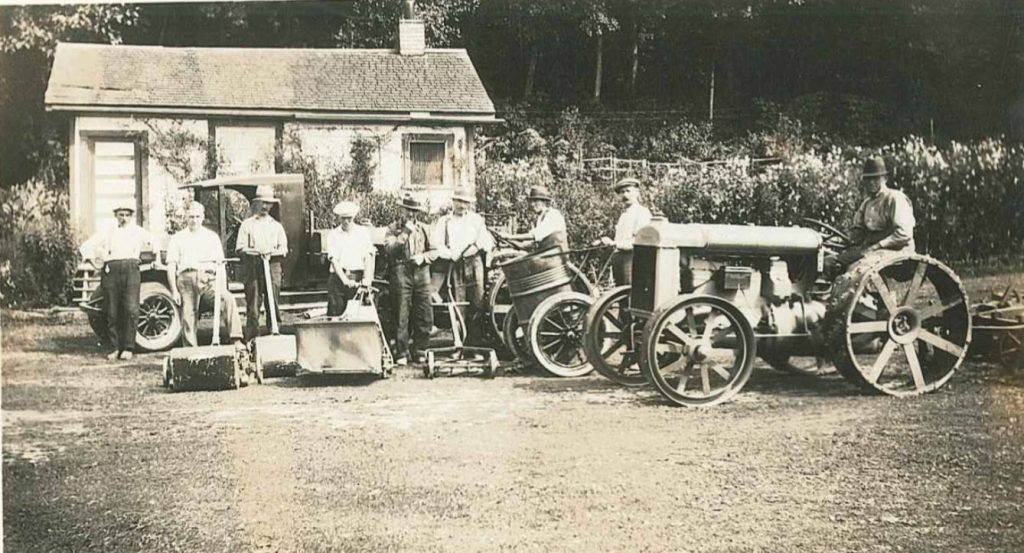
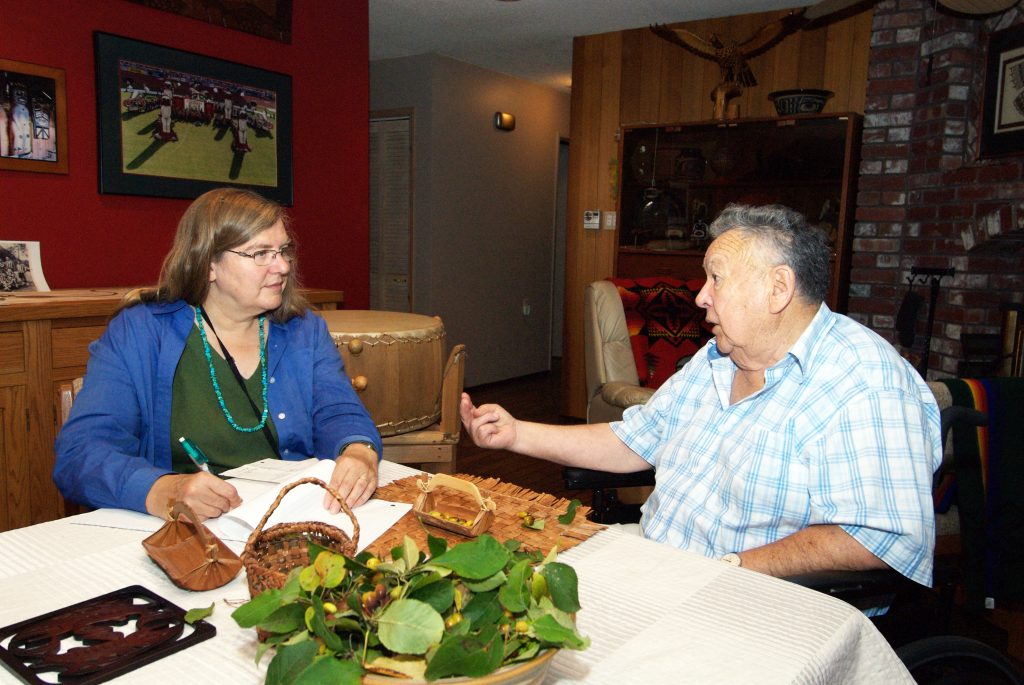
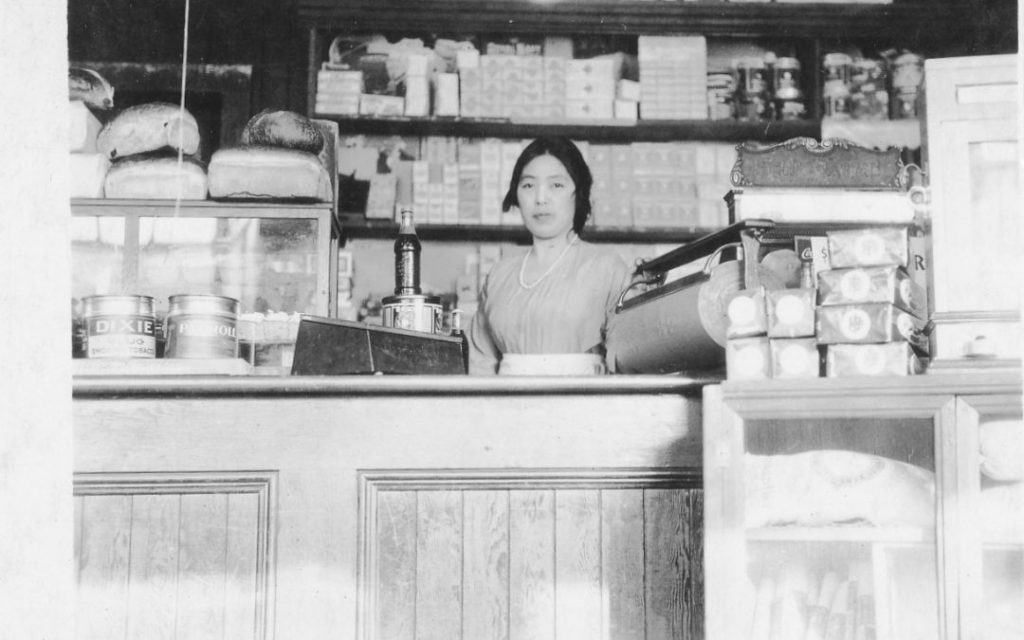
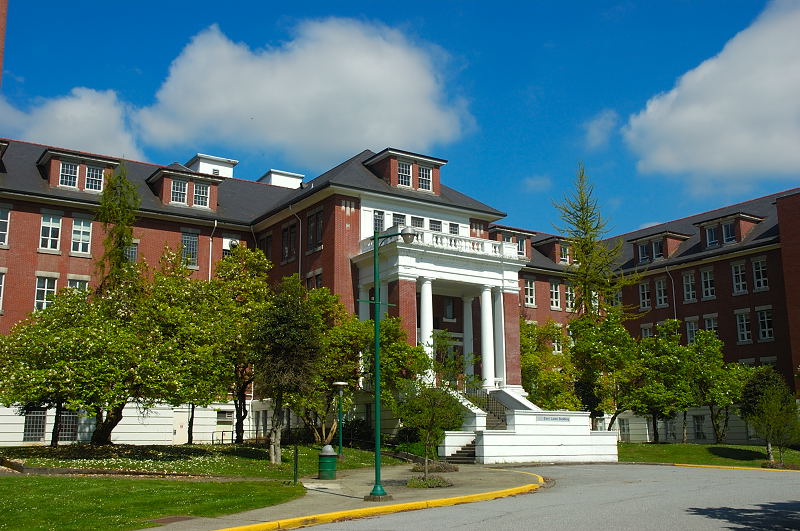
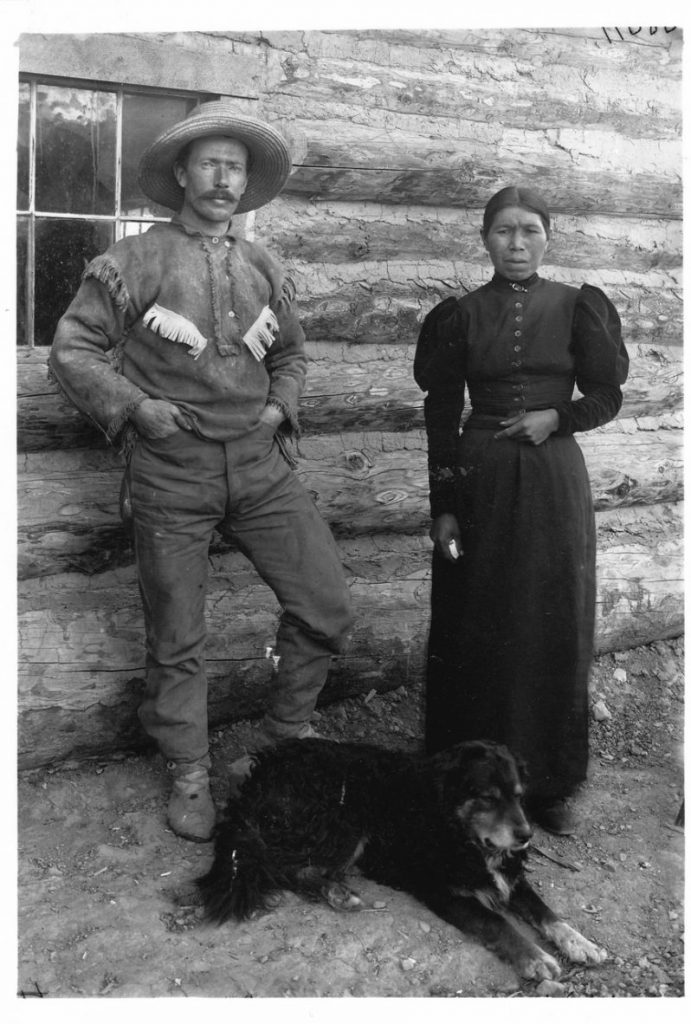
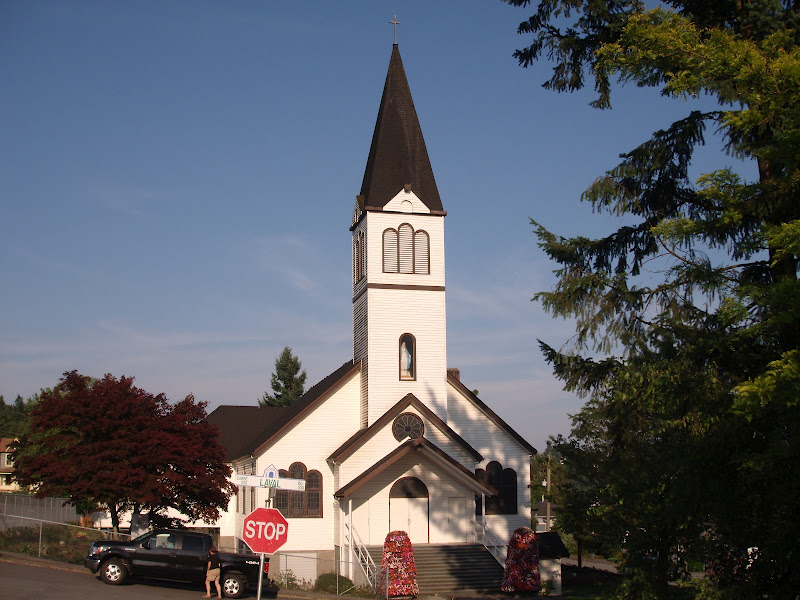
![Stó:lō woman with a cedar basket. Image: Wikipedia [Royal British Columbia Museum - PN996]](https://vancouver-historical-society.ca/wp-content/uploads/2023/08/800px-Stolo_woman_with_cedar_basket-795x1024.jpg)
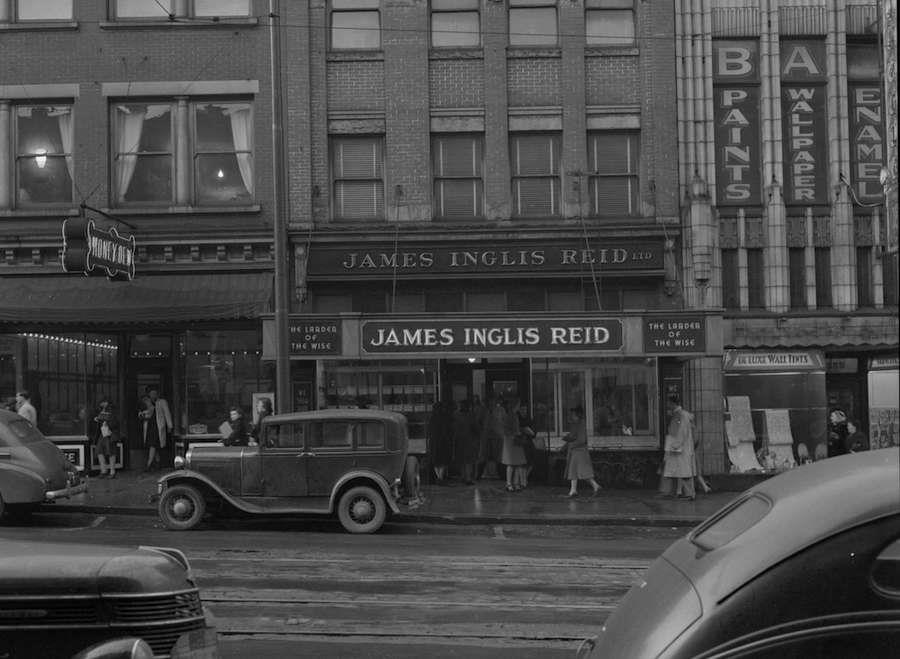
![British journalists [outside Hastings Sawmill]](https://vancouver-historical-society.ca/wp-content/uploads/2023/08/3ccadd07-3fbf-4684-a8c9-2b12289fe8b1-A02212-1024x664.jpg)